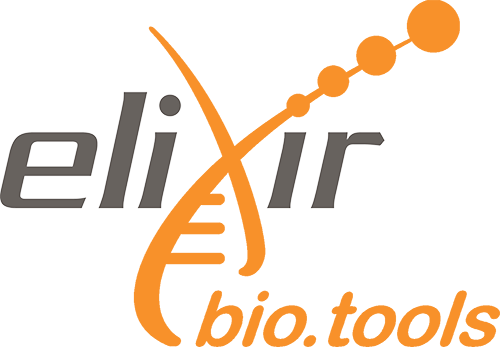e-learning
Matrix Exchange Format to ESet | Creating a single-cell RNA-seq reference dataset for deconvolution
Abstract
After completing the MuSiC deconvolution tutorial, you are hopefully excited to apply this analysis to data of your choice. Annoyingly, getting data in the right format is often what prevents us from being able to successfully apply analyses. This tutorial is all about reformatting a raw scRNA-seq dataset pulled from a public resource (the EMBL-EBI single cell expression atlas. Let's get started!
About This Material
This is a Hands-on Tutorial from the GTN which is usable either for individual self-study, or as a teaching material in a classroom.
Questions this will address
- Where can I find good quality scRNA-seq reference datasets?
- How can I reformat and manipulate these downloads to create the right format for MuSiC?
Learning Objectives
- You will retrieve raw data from the EMBL-EBI Single cell expression atlas.
- You will manipulate the metadata and matrix files.
- You will combine the metadata and matrix files into an ESet object for MuSiC deconvolution.
- You will create multiple ESet objects - both combined and separated out by disease phenotype for your single cell reference.
Licence: Creative Commons Attribution 4.0 International
Keywords: Single Cell, data management
Target audience: Students
Resource type: e-learning
Version: 8
Status: Active
Prerequisites:
- Bulk RNA Deconvolution with MuSiC
- Introduction to Galaxy Analyses
Learning objectives:
- You will retrieve raw data from the EMBL-EBI Single cell expression atlas.
- You will manipulate the metadata and matrix files.
- You will combine the metadata and matrix files into an ESet object for MuSiC deconvolution.
- You will create multiple ESet objects - both combined and separated out by disease phenotype for your single cell reference.
Date modified: 2024-02-13
Date published: 2023-01-20
Contributors: Helena Rasche, Julia Jakiela, Marisa Loach, Mehmet Tekman, Pablo Moreno, Pavankumar Videm, Saskia Hiltemann, Wendi Bacon
Activity log


